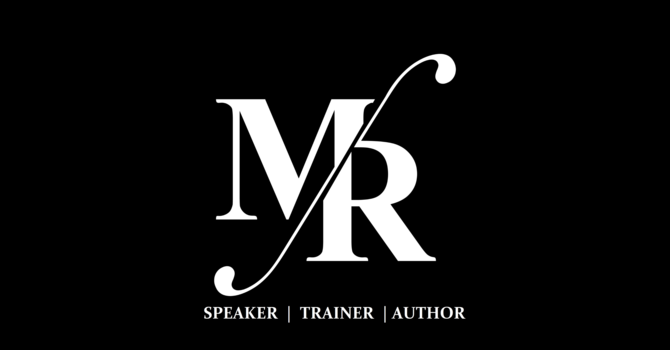In today's dynamic business landscape, leadership is no longer the sole domain of executives. Companies are increasingly recognizing the value of fostering leadership skills at all levels of the organization. This shift, known as "Leadership Development for All," unlocks a wellspring of potential, empowering employees to contribute more effectively and drive organizational success.
Why Invest in Leadership Development for All?
Traditionally, leadership development programs targeted a select group, often senior managers, and executives. However, this approach overlooks the vast talent pool within an organization. Here's why investing in leadership development for all ranks is a strategic move:
Empowered Employees, Enhanced Performance: Employees equipped with leadership skills feel more engaged and take greater ownership of their work. They become better problem solvers, take initiative, and contribute fresh perspectives, ultimately leading to improved performance and innovation.
Building a Strong Leadership Pipeline: By nurturing leadership skills across all levels, companies create a robust pipeline of talent for future leadership positions. This reduces external hiring dependency and ensures a smooth transition when leadership roles open up.
Collaboration and Teamwork: Leadership development fosters a collaborative environment where employees feel comfortable sharing ideas, respectfully disagreeing, and working towards common goals. This results in stronger teams, more efficient communication, and ultimately, better decision-making.
Increased Employee Engagement: Feeling valued and invested in is a significant driver of employee engagement. Leadership development programs demonstrate a company's commitment to its people's growth, leading to increased satisfaction, loyalty, and retention.
Improved Customer Experience: When employees feel empowered and take ownership of their roles, it translates into a better customer experience. Front-line employees equipped with leadership skills can anticipate customer needs, address concerns proactively, and deliver exceptional service.
"The growth and development of people is the highest calling of leadership."
—Harvey S. Firestone
Tailoring Programs for Different Ranks:
Leadership development programs need to be tailored to the specific needs and aspirations of employees at different career stages. Here's a breakdown of possible approaches:
Entry-Level and Front-Line Employees: Focus: Develop core leadership skills like communication, teamwork, conflict resolution, and problem-solving. Examples: Workshops on effective communication, leadership simulations, team-building exercises.
Mid-Level Managers: Focus: Build upon core skills and introduce strategic thinking, delegation, coaching, and performance management. Examples: Leadership coaching, case studies, mentoring programs on managing teams and driving performance.
Senior and Executive Leaders: Focus: Hone strategic vision, communication for influence, and leading change initiatives. Examples: Executive coaching, thought leadership development programs, industry conferences focused on strategic leadership.
Approaches to Implement Leadership Development: Companies can adopt various approaches to integrate leadership development into their culture. Here are some effective strategies:
Formal Training Programs: These structured programs offer a comprehensive curriculum encompassing leadership theories, skills development, and practical tools.
Mastermind Groups: Select a great book. Study and discuss one or two chapters per week. Foster learning and personal growth through shared insights and diverse perspectives
Mentorship and Coaching: Matching experienced leaders with aspiring ones fosters personalized learning and knowledge transfer.
On-the-Job Learning: Encourage stretch assignments, project leadership opportunities, and cross-functional collaborations for practical leadership skill development.
Leadership Development Resources: Provide employees with access to online learning modules, leadership books, and industry publications to encourage self-directed learning.
Leadership Recognition Programs: Acknowledge and reward employees who exhibit strong leadership qualities to reinforce desired behaviors.
Creating a Culture of Continuous Learning: Leadership development thrives in a culture of continuous learning. Organizations can encourage this by creating an environment where feedback is valued, risk-taking is supported, and learning from mistakes is encouraged. Celebrating successes, big and small, reinforces the value of leadership development and inspires others to embark on their leadership journeys.
"The task of the leader is to get his people from where they are to where they have not been."
—Henry Kissinger
Leadership development for all ranks is not just a trend; it's a strategic investment in a company's future. By empowering employees to take ownership, think critically, and lead effectively at all levels, organizations cultivate a culture of innovation, collaboration, and high performance. It's time to unlock the full potential of your workforce – one leader at a time.
Matthew Renz | With a three-decade background in sales and leadership at UnitedHealthcare, Matthew brings a passion and energy for personal and professional growth and leadership development. He is a speaker, trainer, and author who packs everything he touches with thought-provoking ideas meant to grow and build relationships. Reach him by email: matthew@matthew-renz.com.

Matthew Renz
Contact Me
